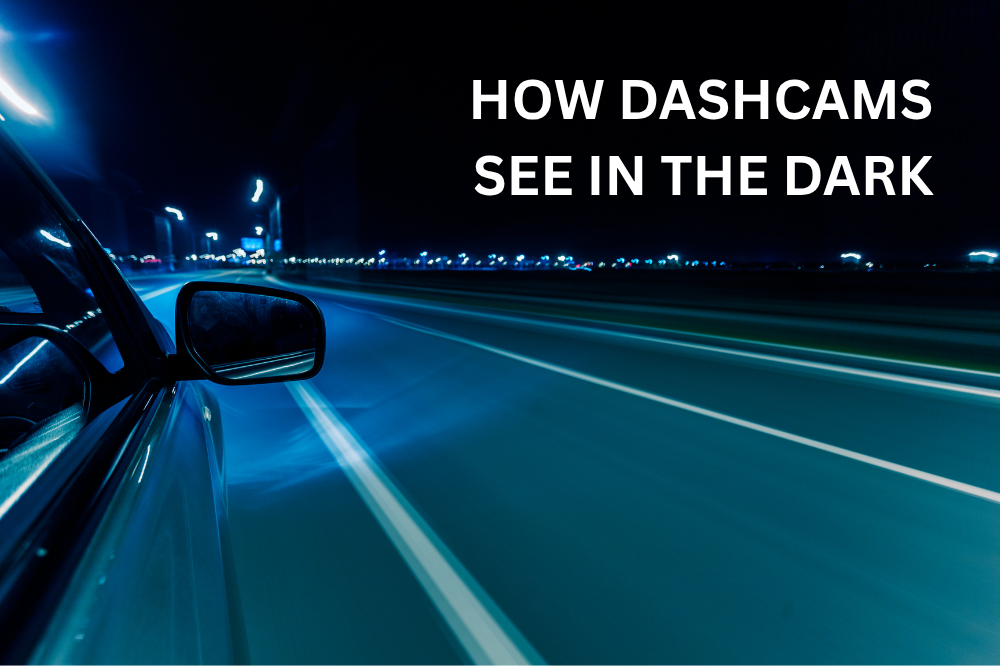The Science Behind Dashcam Night Vision
Ever wondered how dashcams capture clear footage even when the sun goes down?
Night driving comes with challenges—dim streetlights, glare from headlights, and shadows that hide important details. That’s where night vision technology comes in. Let’s take a closer look at how it works and why it matters for both interior and exterior dashcams.
Two Ways Dashcams See in the Dark
Dashcams rely on two main technologies to record at night: infrared (IR) illumination and low-light sensors. Each is designed for a different purpose, depending on whether the camera is inside or outside the car.
1. Infrared (IR) Night Vision – For Interior/Cabin Monitoring
IR night vision is mostly used in cabin-facing or interior cameras. The dashcam emits invisible infrared light that reflects off objects and people inside the car. The sensor detects this reflected light and creates a black-and-white image.
- Pros: Works in complete darkness, making it perfect for monitoring passengers or parked cars.
- Cons: The image is monochrome, and IR isn’t typically used for exterior footage because the range is limited and it won’t capture detailed color.
2. Low-Light (STARVIS/ CMOS) Sensors – For Front and Rear Cameras
Exterior dashcams usually use advanced low-light sensors. These sensors are highly sensitive to available light—street lamps, headlights, or even moonlight—and can produce bright, detailed, often full-color footage at night.
- Pros: Excellent for capturing important details like license plates and car colors; works well in most urban and suburban environments.
- Cons: Requires some ambient light; total darkness can reduce effectiveness.
Some premium dashcams even combine low-light sensors with IR illumination for added versatility. This means your camera can handle everything from a dimly lit street to a completely dark parking lot.
Image Processing: Making Night Footage Clear
Technology doesn’t stop at the sensor. Dashcams use image processing software to reduce noise (those grainy speckles you sometimes see in dark footage) and enhance contrast, ensuring objects are clear and recognizable. Some models also adjust brightness dynamically, so you don’t get overexposed lights from oncoming traffic.
Why Night Vision Matters
Nighttime is when visibility is lowest—and accidents can happen faster than you think. Night vision helps capture details your eyes might miss, whether it’s a hit-and-run, activity around a parked car, or simply keeping a record of your night drives.
With the right combination of sensors and image processing, dashcams can provide clear and reliable footage, giving you confidence and peace of mind even in low-light conditions.



